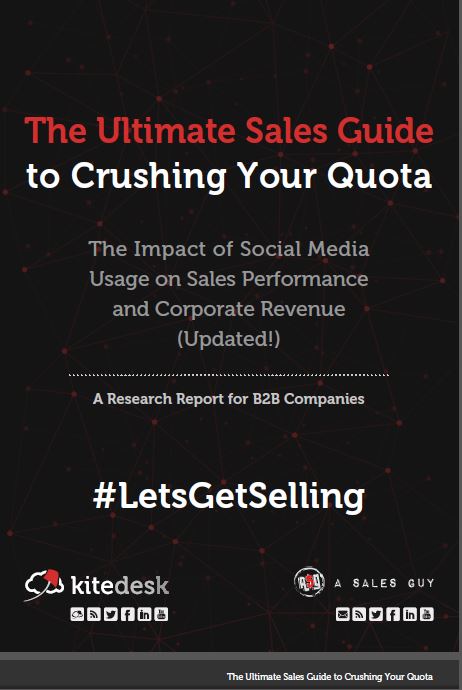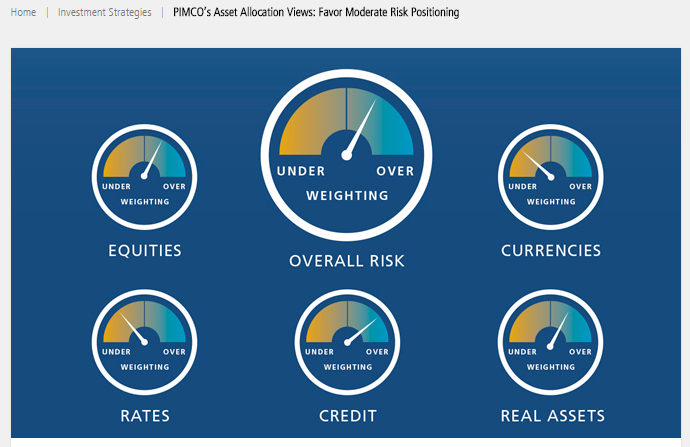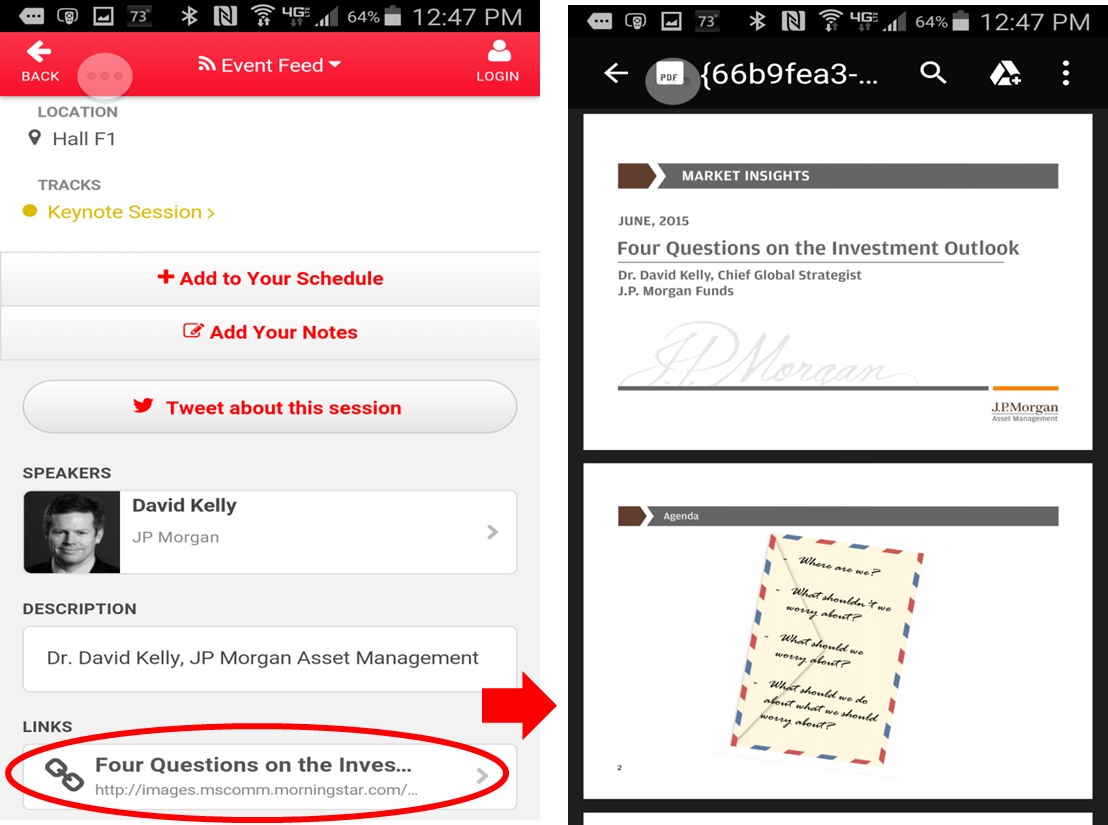5 For The Campfire: Ebooks A Fund Marketer Could Cozy Up To
/ TweetMarshmallows? Check. Graham crackers? Check. Hershey bars? Got ‘em. Hey and how about these—if you’re heading out for a well-deserved vacation in the great outdoors, why not grab a few ebooks/whitepapers for your campfire reading pleasure?
Here’s a quick look at five—four of them based on research—I’ve downloaded lately. (This is the second in a series, preceded by last July’s Beach Reading For The Mutual Fund, ETF Marketer.)
Get Your Brag On
If I could make one tweak to the approach of just about every asset manager content team I observe online and offline, it would be to amp up the promotion of the content that’s being produced. Too much light is being hidden under too many bushels.
And marketers in this industry are not alone—failure to promote is an epidemic across brands, according to the Content Promotion Manifesto.
Author Chad Pollitt takes an editorial approach when discussing channels, tactics, tools and budgeting for content promotion, including citing the work of other content marketing leaders. Of course, he invokes the famous line “Content is King, but Distribution is Queen and She Wears the Pants” by BuzzFeed’s Jonathan Perelman.
It’s an entertaining 85 pages (!) with a dead-serious message.
Social Selling Crushes Quotas
More than halfway into the year, I’m calling it—2015 was the year mutual fund and ETF sales teams “got” social media. Others were earlier (see post). And, the training on the basics, the coaching on participating and yes, the coaxing of those who hang back will continue well beyond 2015.
But Sales leadership and teams at firms large and small are paying attention this year, and they want in.
By and large, the interest is in what can happen on LinkedIn (seerelated post). This make sense. Wholesalers want to go where the most financial advisors are, and that’s LinkedIn. Interestingly, The Ultimate Sales Guide to Crushing Your Quota: The Impact of Social Media Usage on Sales Performance and Corporate Revenue reports on a survey of social media-savvy sales professionals who rank the value of Twitter a tad higher. Even survey authors KiteDesk and A Sales Guy Consulting admit to being surprised.
“I like to describe Twitter as the bar after work—where you keep your tie on but loosen it a bit, and LinkedIn is the conference room in the corporate office. Due to the fast and collaborative nature of Twitter, a salesperson can effectively share an idea or engage with a prospective client through a pithy missive. When the exchange goes well, it can then be moved to LinkedIn—which represents a much larger personal commitment,” one social selling influencer explains.
But that’s just one insight in the 28-page report. I recommend this to you for its perspective (survey data and quotes) on B2B sales pros who have a jump on your teams in understanding how to use social media to close deals and meet goals.
Let’s Start With The Right Questions
I could cut right to the chase and tell you that the average respondent to this State of Marketing Automation Maturity survey answered 56% of the questions “correctly” and scored a grade of C. But there’s more to benchmarking marketing automation maturity than that, as the Spear Marketing Group expounds in 14 pages.
You’ll read the survey results on 33 best practices in several categories including analytics and reporting, lead scoring and data hygiene. I wonder whether the questions themselves may be of even greater use to you, especially if you’re early in your adoption of marketing automation.
Expectations Of The Connected
Let’s see, we’ve surveyed the salespeople and the marketers. Who’s left? The investors!
The 2015 Wealth Management for Connected Investors from Salesforce Research is based on responses from than 1,000 participants—millennials, Gen X and baby boomers. The 13 pages include a lot on investors' relationships and communications with financial advisors, which is helpful.
See page 8 for a question I don’t remember others asking previously—“How do you currently keep track of your financial record(s)?” Millennials (36%) show more comfort with electronic methods like cloud storage, as Salesforce mentions three times on the page. That emphasis itself I found intriguing.
Where To Draw The Line
The shortest document (9 pages) in this collection may be the most difficult for you. Just as the technology exists to enable marketers to start doing some really interesting, targeted communicating, privacy concerns threaten to kill the buzz. On top of that, consumers expect more of financial services firms.
What is Privacy Worth to Your Customers? is based on a Communispace survey of 3,000 consumers, building on work done in 2014. The focus of this report is on consumers’ willingness to provide personal financial data online in order to use a tool or create a profile—and their expectations of what the Website providers will do with that data.
This research is broader than just investment companies but don’t miss the first bar on the graph on page 7—one-third of consumers are not OK when an investment company Website tailors content based on the visitor’s age.
You and your firm are likely having internal discussions on privacy, this research will help frame the data-for-value exchange. Not touched on by this work but worth thinking about, too: your financial advisor clients also have a privacy line to keep in mind with your digital outreach, as well.
Enjoy—and watch those pesky mosquitoes!
































